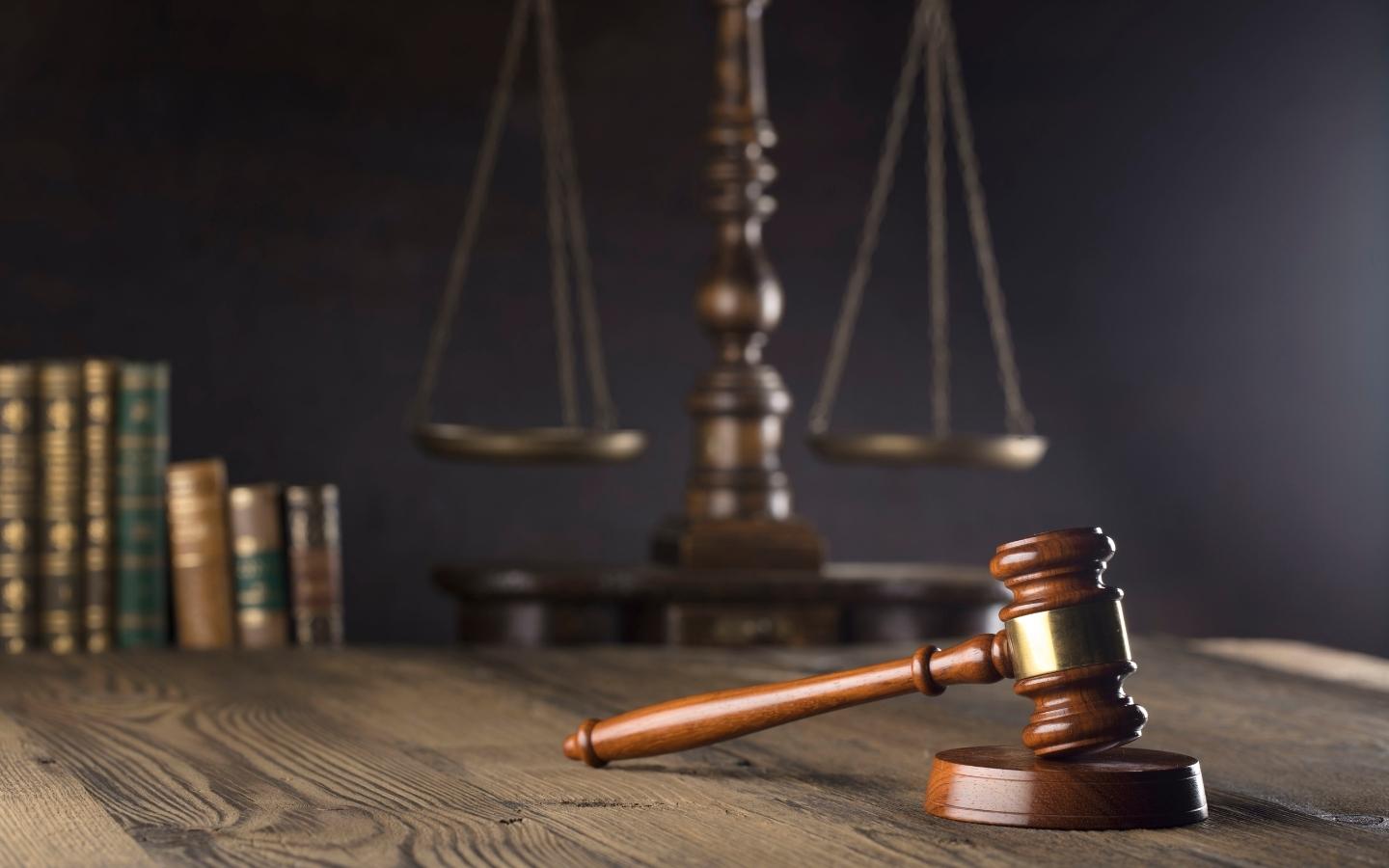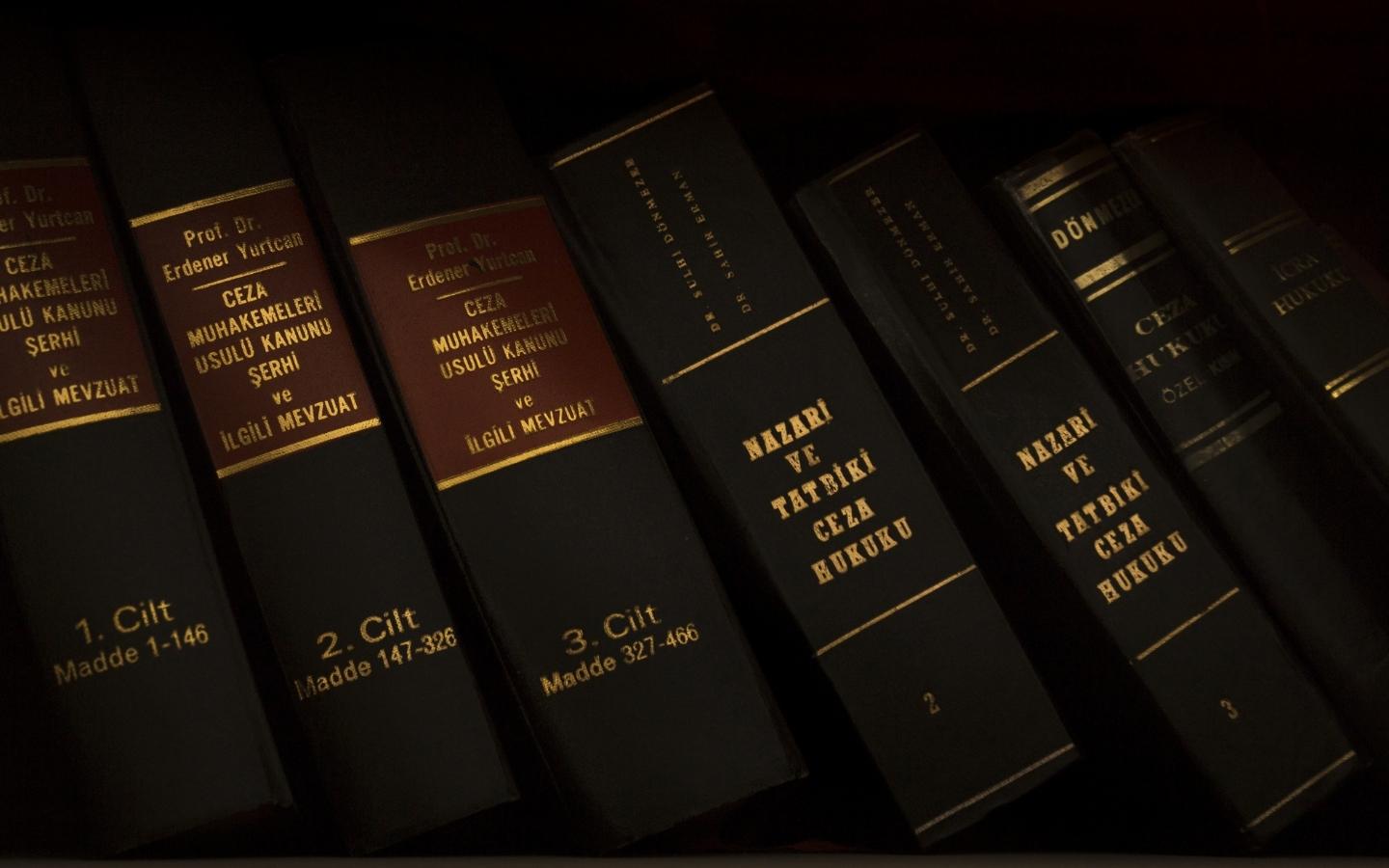The Intersection of Race and Justice
The intersection of race and justice is a complex issue that affects the criminal justice system in many ways. Bias and discrimination have been identified as some of the leading factors that result in the disparate treatment of people of color in the criminal justice system. This article will explore the many ways in which the intersection of race and justice affects the criminal justice system and the broader society. We will examine the historical context, contemporary issues, and possible solutions that aim to address these issues.
[lwptoc]
Historical Context:
The United States has a long history of racial injustice, particularly when it comes to the criminal justice system. For centuries, Black Americans have been subjected to violence, exploitation, and discrimination in various aspects of life, including law enforcement. The legacy of slavery, Jim Crow laws, and segregation has had a profound impact on the way justice is administered, particularly for people of color.
The origins of modern policing in the United States can be traced back to the slave patrols, which were groups of white men tasked with capturing runaway slaves. The legacy of these patrols can still be seen in contemporary policing practices, particularly in the ways that police officers interact with Black communities.
The Civil Rights Movement of the 1950s and 60s brought about significant changes in laws and policies that aimed to address racial inequality. However, the struggle for racial justice is ongoing, and the criminal justice system remains one of the most significant arenas where this struggle plays out.
Contemporary Issues:
Despite some progress in recent years, the intersection of race and justice remains a significant issue in the United States. The criminal justice system is marked by many disparities that affect people of color in various ways.
Policing:
The issue of police bias and brutality has received significant attention in recent years, particularly after the killings of George Floyd, Breonna Taylor, and others. Black people are more likely to be stopped, searched, and arrested by police than white people. Studies have found that Black people are 2.5 times more likely to be killed by police than white people.
The use of force by police officers also varies significantly by race. A study by the Center for Policing Equity found that Black people were more likely to experience police force, including physical force, than white people.
Arrests and Prosecutions:
People of color are more likely to be arrested and prosecuted than white people, even when controlling for other factors such as crime rates and socioeconomic status. In many cases, these disparities can be attributed to bias and discrimination in the criminal justice system. For example, a study by the Vera Institute of Justice found that prosecutors were more likely to seek the death penalty in cases involving Black defendants than in cases involving white defendants.
Sentencing:
The sentencing of people of color is often more severe than that of white people. Black people are more likely to receive longer prison sentences than white people for similar offenses. Studies have found that Black people are more likely to be sentenced to death than white people, even when controlling for other factors.
Incarceration:
The issue of mass incarceration has received significant attention in recent years, and for good reason. Black people are disproportionately represented in the prison population, making up 40% of the incarcerated population, despite only comprising 13% of the U.S. population. This disparity has been attributed to a range of factors, including bias in policing, prosecution, and sentencing.
Re-entry:
After serving time in prison, people of color face significant challenges when it comes to re-entry into society. These challenges include difficulties finding employment, housing, and accessing healthcare. This can lead to a cycle of poverty and recidivism, where individuals are unable to break free from the criminal justice system and are at a higher risk of returning to prison.
Possible Solutions:
Addressing the intersection of race and justice will require a multifaceted approach that addresses the many factors that contribute to disparities in the criminal justice system. Here are some possible solutions:
1. Police Reform:
One of the most critical areas for reform is policing. This could include measures such as implicit bias training, de-escalation training, and the use of body cameras. Additionally, communities could be involved in the decision-making process for policing policies and practices.
2. Sentencing Reform:
Another critical area for reform is sentencing. This could include measures such as the elimination of mandatory minimums, the use of alternative sentencing options, and the implementation of risk assessments that take into account factors beyond the crime committed.
3. Addressing Implicit Bias:
Implicit bias is a significant factor in the intersection of race and justice. Addressing implicit bias could include measures such as training for law enforcement, prosecutors, and judges on the impact of implicit bias and ways to reduce its impact on decision-making.
4. Community-Based Alternatives:
Investing in community-based alternatives to incarceration could help address disparities in the criminal justice system. These alternatives could include programs such as restorative justice, mental health and substance abuse treatment, and job training.
5. Voting Rights:
In addition to addressing issues within the criminal justice system, it is essential to address the broader societal issues that contribute to disparities in the system. One critical area is voting rights. Ensuring that all citizens have access to the right to vote can help ensure that communities of color have a voice in the decision-making process that affects their lives.
Table: Disparities in the Criminal Justice System
| Area | Disparity |
|---|---|
| Policing | Black people are more likely to be stopped, |
| searched, and arrested by police than white | |
| people. Black people are 2.5 times more likely | |
| to be killed by police than white people. | |
| Arrests and | People of color are more likely to be arrested |
| Prosecutions | and prosecuted than white people, even when |
| controlling for other factors. | |
| Sentencing | Black people are more likely to receive longer |
| prison sentences than white people for similar | |
| offenses. Black people are more likely to be | |
| sentenced to death than white people. | |
| Incarceration | Black people make up 40% of the incarcerated |
| population, despite only comprising 13% of the | |
| U.S. population. | |
| Re-entry | People of color face significant challenges |
| when it comes to re-entry into society after | |
| serving time in prison. |
Conclusion:
The intersection of race and justice is a complex issue that requires a multifaceted approach to address. Bias and discrimination are significant factors that contribute to disparities in the criminal justice system. Addressing these issues will require reform in many areas, including policing, sentencing, and community-based alternatives to incarceration. It will also require addressing broader societal issues, such as voting rights, that contribute to disparities in the system. By working together, we can begin to address the injustices that exist in the criminal justice system and create a more equitable society for all.


